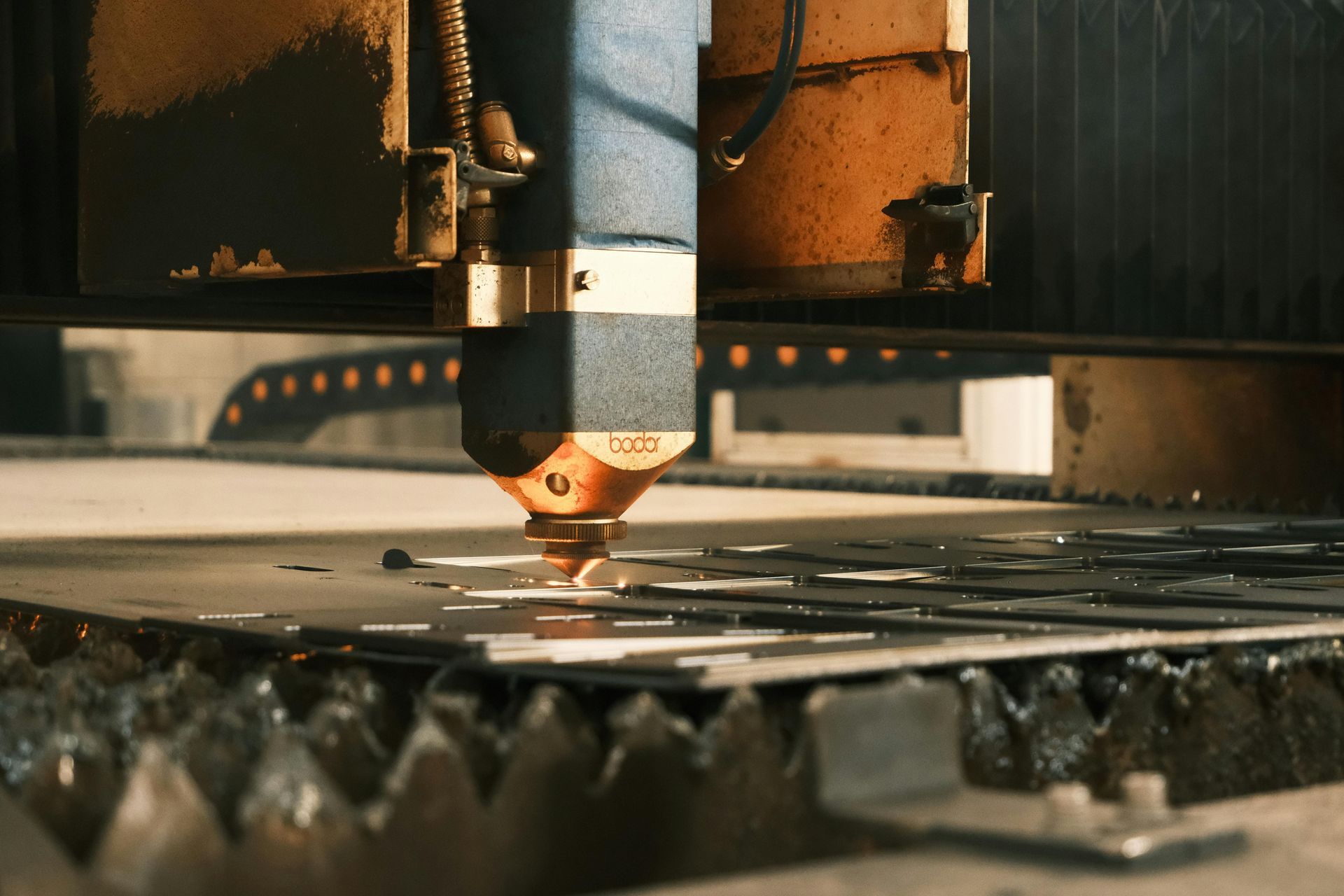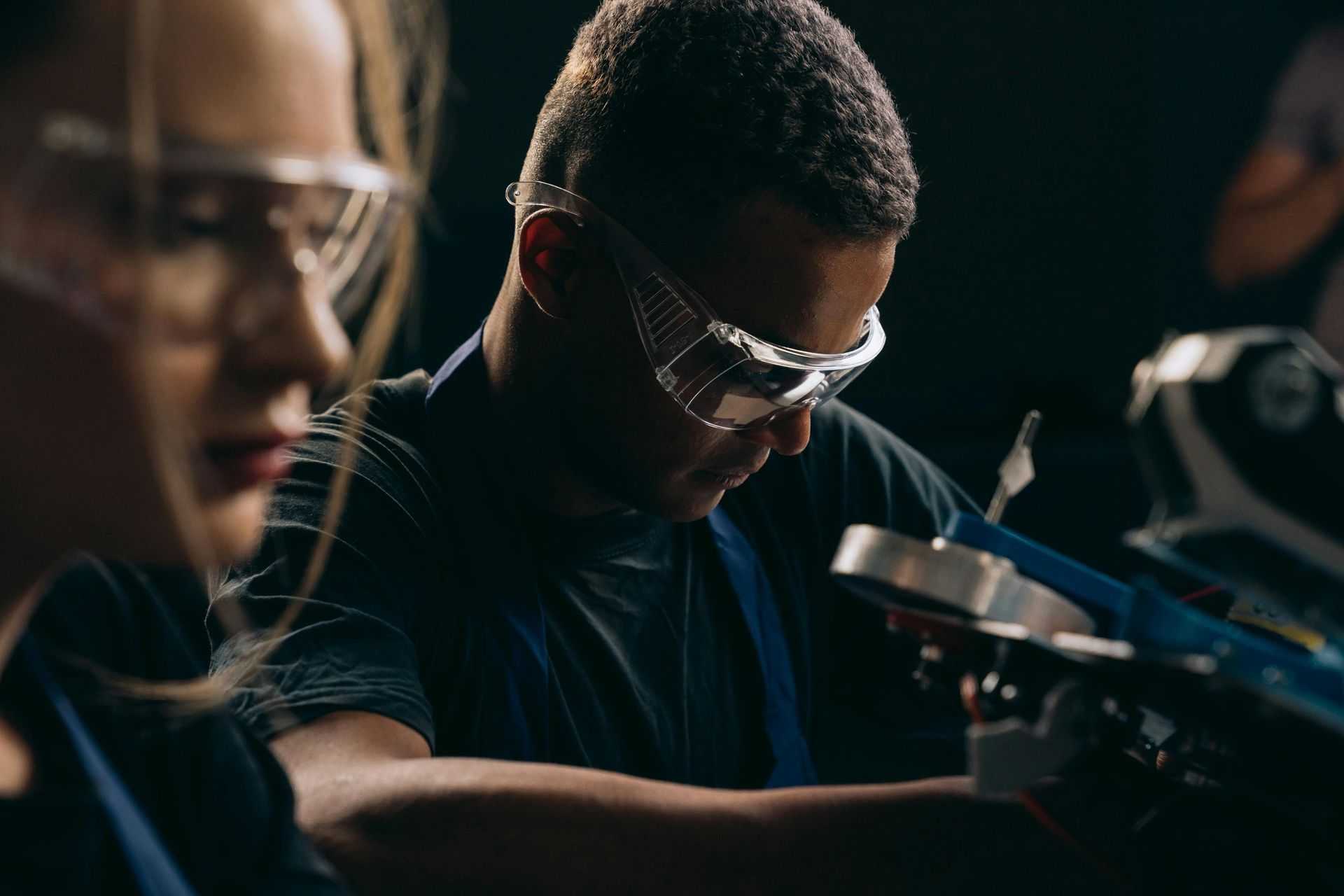Why Leaders Must Adapt in the Building Materials Industry
AI Is Revolutionizing Product Innovation and Sustainability
AI Is Changing Building Materials: Why It Matters Now
Artificial intelligence (AI) is transforming how the building materials industry approaches innovation, sustainability, and product development. Traditionally known for gradual change, the sector is now facing a rapid shift as AI tools unlock new possibilities from eco friendly materials to optimized R&D cycles and smarter, more responsible production. Steering this transformation requires agility, domain expertise, and digital literacy, capabilities increasingly found in the interim executive market.
From Predictive R&D to Circular Design: What Leaders Must Do
AI is already accelerating innovation in product development. Instead of relying on trial-and-error, machine learning models simulate the performance of different material combinations under varying conditions, compressive strength, thermal resistance, durability, removing much of the guesswork. R&D teams can
identify optimal formulations
more quickly, shortening product cycles and increasing innovation velocity. Think of concrete mixtures that
reduce CO₂ emissions without compromising strength, or insulation materials tuned for specific climate zones. In a market shaped by environmental regulation and green building standards, these advances deliver both competitive advantage and regulatory alignment.
The technology also enables highly customized materials. By analyzing structural needs, local weather patterns, and architectural demands, AI can suggest bespoke blends, composites, or additives tailored to a project or region. The result is better performance with less waste, tighter alignment with sustainability goals, and lower lifecycle costs.
On sustainability, AI contributes across the value chain. Predictive systems optimize raw material inputs to curb overuse, energy consumption, and emissions during manufacturing. Smart sensors allow real-time adjustments that cut waste and improve quality, while AI-optimized logistics reduce transport distances and emissions. Just as important, companies can now
quantify environmental impact with greater accuracy. Carbon footprints, circularity metrics, and lifecycle analyses powered by AI strengthen sustainability reporting, support compliance, and inform strategic decisions.
As the sector embraces circular economy principles, AI helps design products for reuse and recovery. By analyzing usage patterns, wear data, and recycling rates, it guides material choices and construction techniques that make products easier to disassemble, reuse, or recycle. Those insights can even reshape business models, from selling products to offering performance based services or closed loop systems.
All of this places new demands on leadership. Innovation shifts from incremental improvement to step-change potential, which means creating environments where data-driven experimentation is encouraged and failure is accepted as part of learning. KPIs, investment models, and cross functional collaboration, particularly between R&D, IT, and sustainability, need a rethink. Talent needs are evolving too. Product development teams must work closely with data scientists, algorithm developers, and digital-twin engineers, while staying grounded in materials science and engineering. Many organizations still lack this integrated expertise, so leaders must build or access capabilities quickly and align them with the core business. And they must manage complexity and risk: AI depends on large datasets, cross-border partnerships, and often opaque algorithms, raising questions about data privacy, IP protection, explainability, and regulatory compliance. Robust governance frameworks are essential to ensure ethical use and data integrity
Interim Leaders as Catalysts for AI Driven Innovation
Interim executives can be powerful catalysts in this context. Leaders with experience in AI-driven innovation bring the blend of technical understanding, strategic perspective, and implementation discipline required to deliver product breakthroughs. They bridge silos between product developers, AI specialists, and business units; coach teams; transfer skills; and help establish a long term innovation culture, without becoming entangled in internal politics or bureaucracy. On sustainability, interims with a track record in green product innovation and ESG metrics align AI strategies with regulatory requirements and market expectations, ensuring that new solutions are not only technically impressive but also environmentally and commercially viable.
Turning Disruption into Opportunity with Interim Leadership
AI is reshaping how building materials are developed, customized, and brought to market. It enables faster R&D, smarter product design, and more sustainable outcomes, while introducing strategic complexity, cultural shifts, and capability gaps that many firms are not prepared to manage on their own. This is where interim executives make a critical difference. With hands-on experience at the intersection of AI, product development, and sustainability, they offer the leadership needed to turn disruption into opportunity.
Let’s continue the conversation.
If your organization is looking to harness AI to fuel material innovation and sustainability, contact Hendrikus Müller at Kienbaum Executive Search. With access to a wide network of interim leaders skilled in digital and sustainable transformation, Hendrikus can help you find the right expertise - right when you need it.













